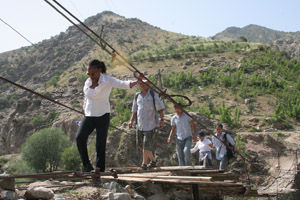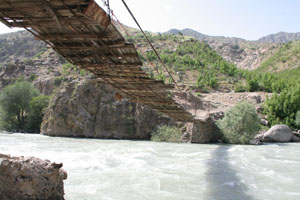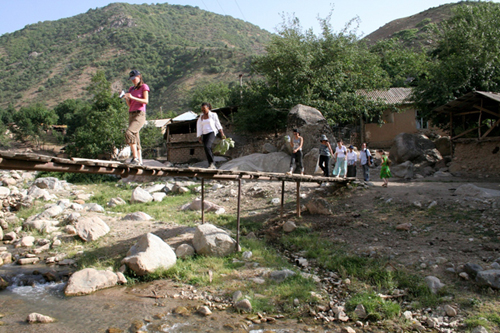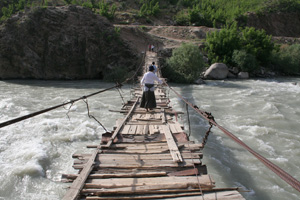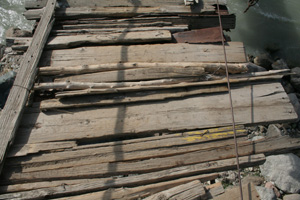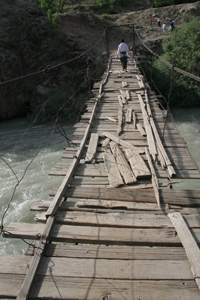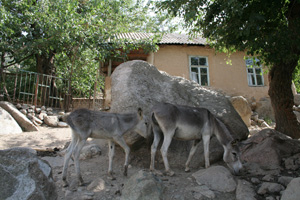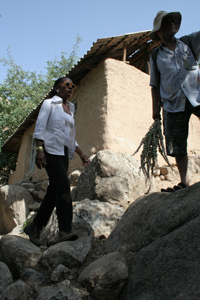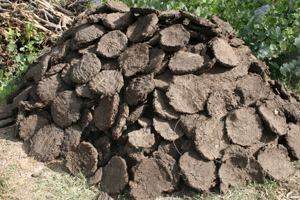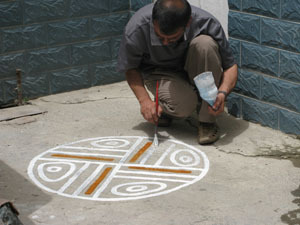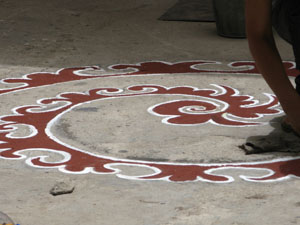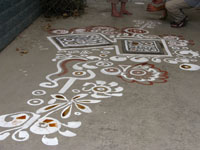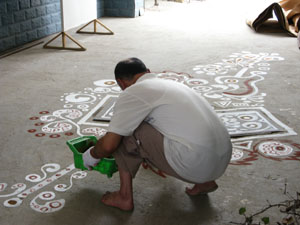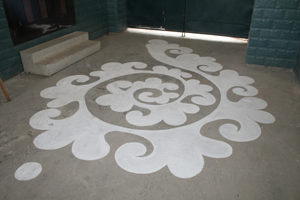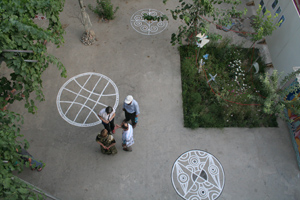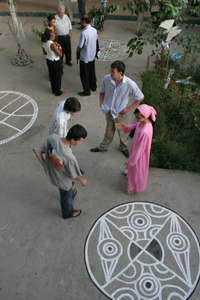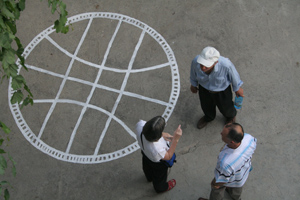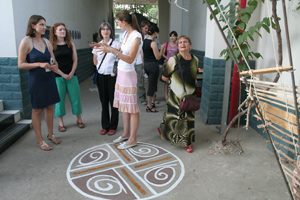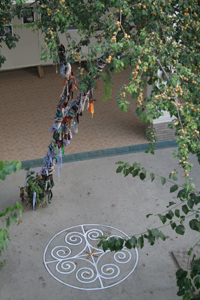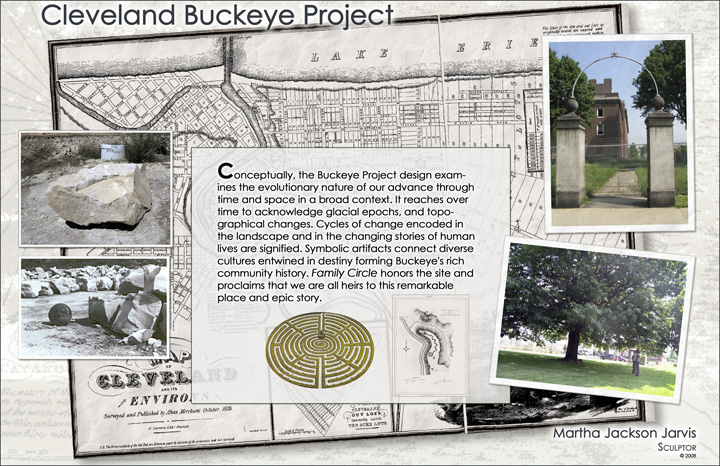
My proposed sculpture project, entitled Family Circle, celebrates the Buckeye site and establishes a meaningful place of welcome for the community. Family Circle creates a dynamic place that encircles and invites users through the space and towards the campus buildings. Upon entry, viewers are invited on a journey of exploration and discovery through natural materials, tactile surfaces, ancient symbols, icons, patterns and colors.
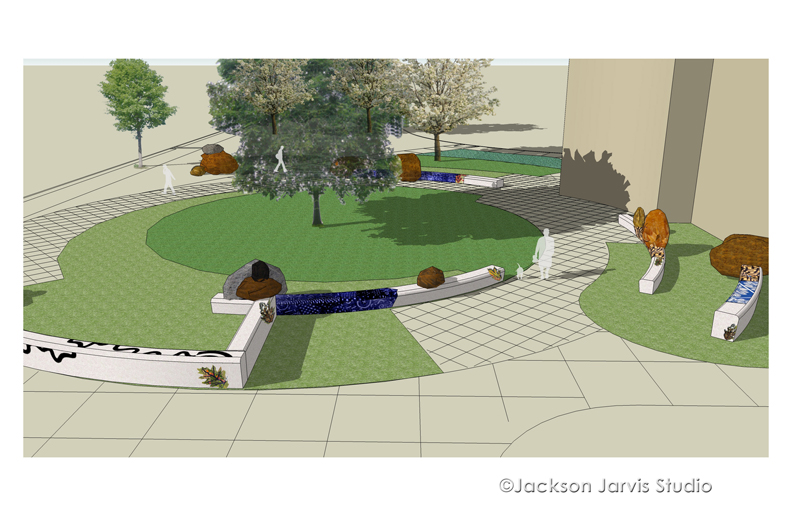
Conceptually, the Buckeye Project design examines the evolutionary nature of our advance through time and space in a broad context. It reaches over time to acknowledge glacial epochs, and topographical changes. Cycles of change encoded in the landscape and in the changing stories of human lives are signified. Symbolic artifacts connect diverse cultures entwined in destiny forming Buckeye’s rich community history. Family Circle honors the site and proclaims that we are all heirs to this remarkable place and epic story.
My Initial concepts are drawn from the extraordinary story of Cleveland’s earth formations and their history.
Cleveland’s oldest stone formation is the bed-rock of the Paleozoic era.
In the Paleozoic era, coal, limestone, shale, and sandstone deposits of the Ohio region were formed.
In the excavation of the St. Luke’s Pointe site, large sandstone boulders were unearthed. In keeping with the “Green Campus” initiative, stones were preserved for use in the landscape design.
The structure of natural stone outcroppings will provide an opportunity to engage a small portion of the geological history of the site. It presents the ancient stones as artifacts and reveals the complex processes at work in the environment to students and visitors of the campus. Cleveland is known for its outcroppings of Devonian shale and sandstone.
Outcroppings of stone connect us to ancient events, revealing layers of time and earthly resources beyond mortal time. Stones are important markers connecting us with ancient primordial events.
Living Artifacts are preserved, revealed and celebrated by the Family Circle sculpture project. Specimen quality old trees embellish the site, adding a legacy of grandeur and layers of history. The mighty oak has, throughout the centuries, been the subject of story, song and proverb. More than 80 species of this beautiful tree are found in North America. All oaks are deciduous trees with toothed leaves and heavy, furrowed bark. A large Northern red oak (Quercus rubra) anchors the corner entrance of the Harvey Rice School /Public Library campus. It dominates the site, enfolding the place in shade and the calming embrace of a mature majestic shade tree.
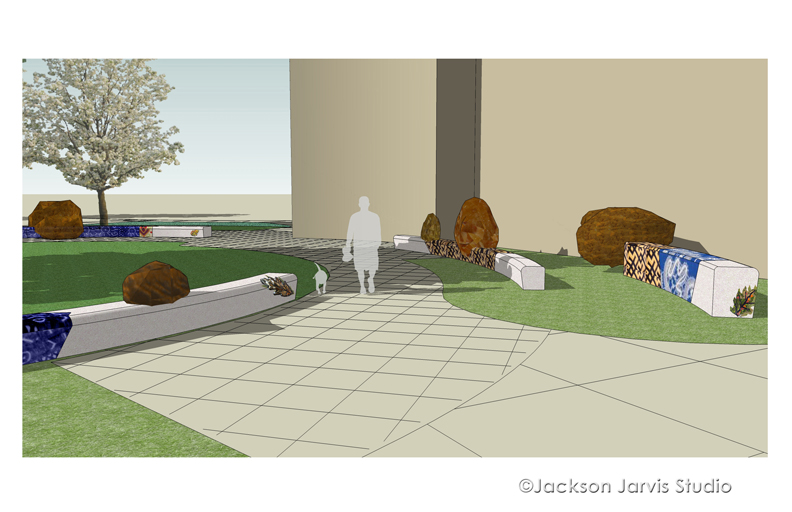
The towering red oak is encircled with a series of cast concrete low seat walls that float along the drip line of the tree to ensure its root safety.
Each seat wall is anchored by outcroppings of stones scattered along the bench wall surfaces and ground plane. Visitors entering the circle are engaged in a matrix of energy, observation and reflection. Viewers move between encounters with ancient earth stones and reflective glass mosaics.
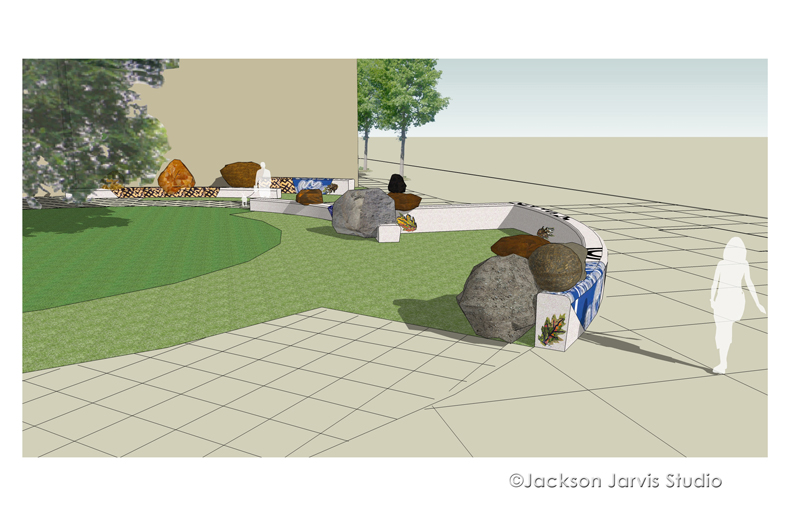
Designated portions of the seat walls are shrouded in glass mosaic renderings of indigenous textile designs from African, Hungarian and Native American cultures. These emblems of ancient cultures and iconic forms enliven the circle with the cumulative energy and creativity of the diverse human family.

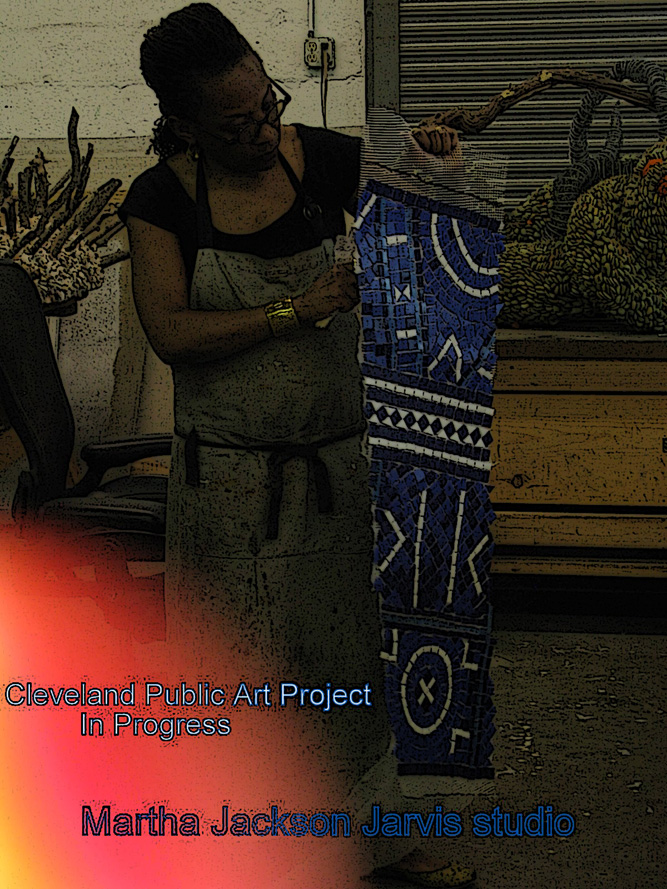
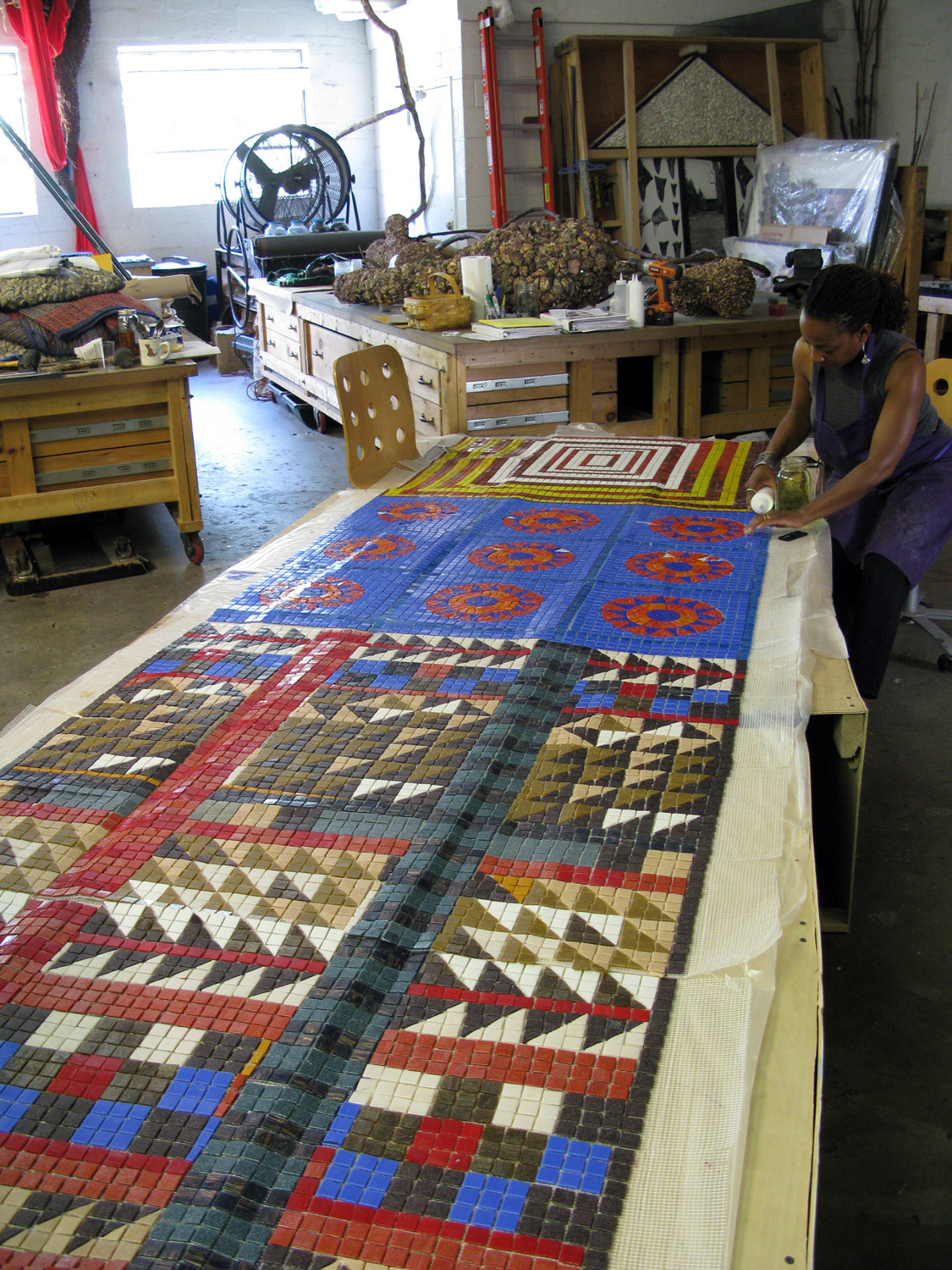 African American Quilt Pattern Mosaic constructed in studio
African American Quilt Pattern Mosaic constructed in studio
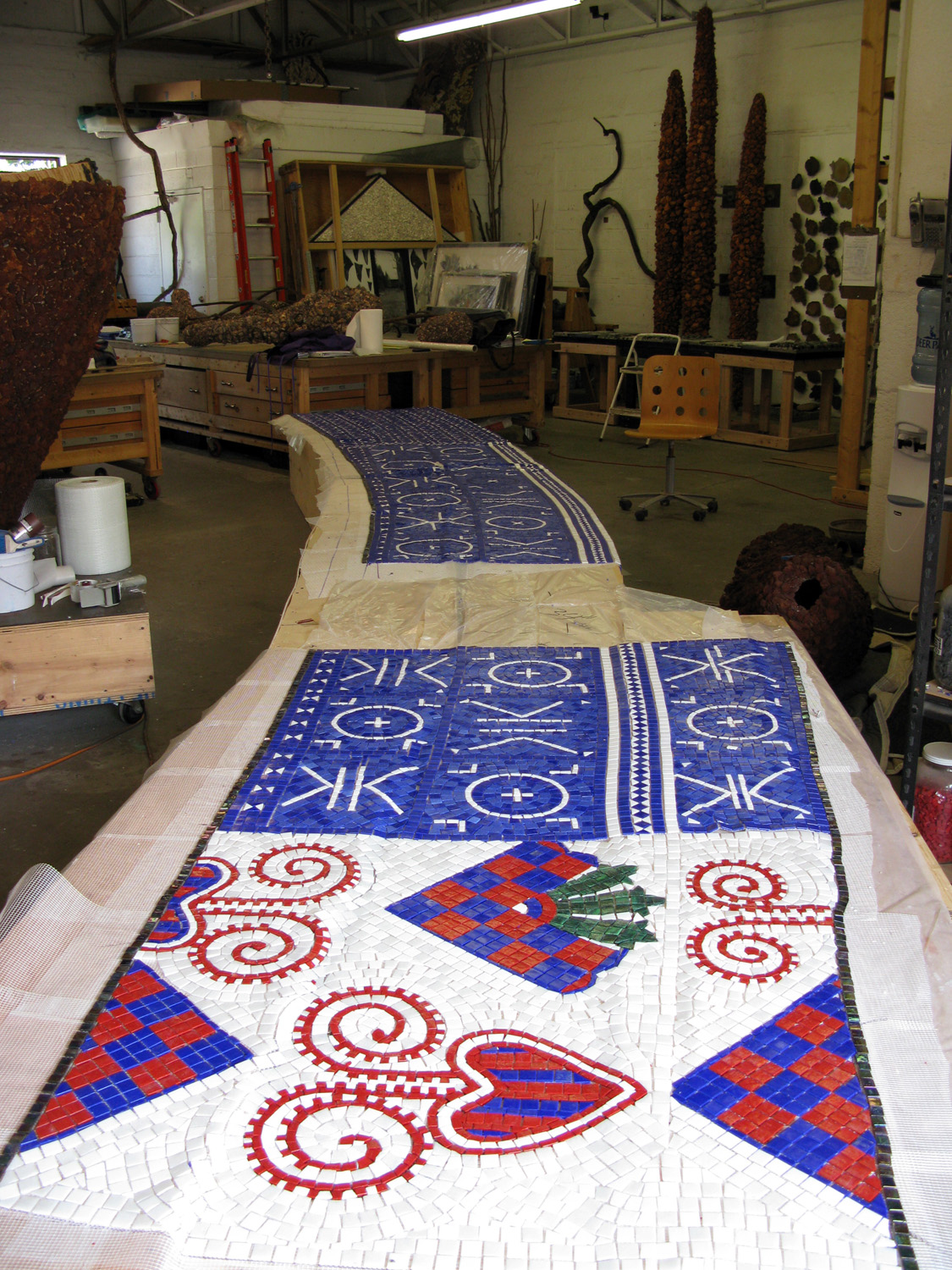 Hungarian Textile Mosaic Pattern
Hungarian Textile Mosaic Pattern
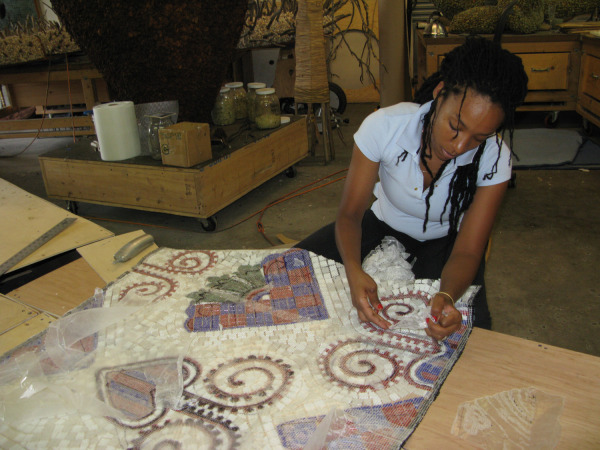
NJena, studio assistant packing mosaic segments for transport to Cleveland
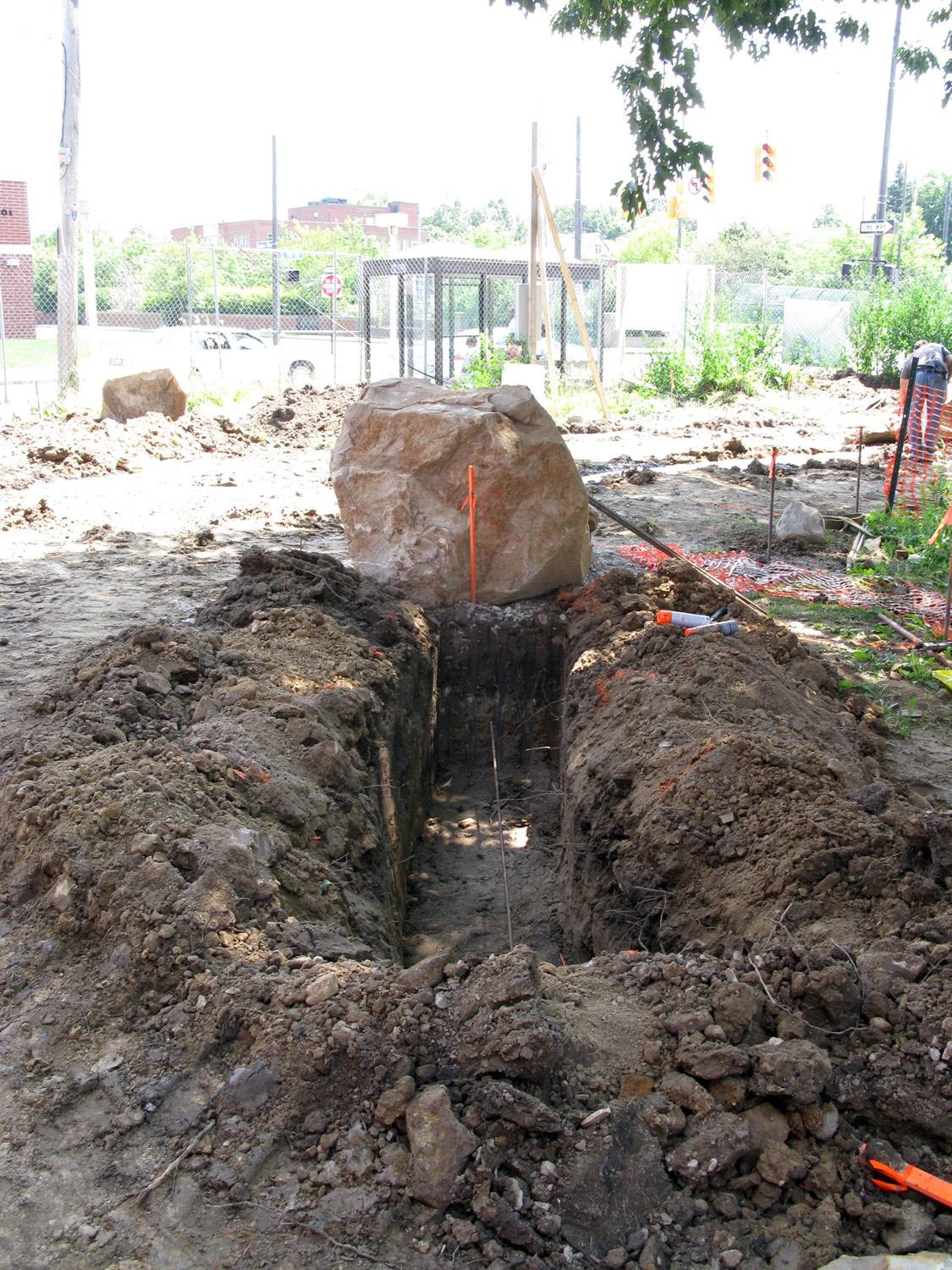 We are now in Cleveland on site to begin construction of poured concrete forms.
We are now in Cleveland on site to begin construction of poured concrete forms.
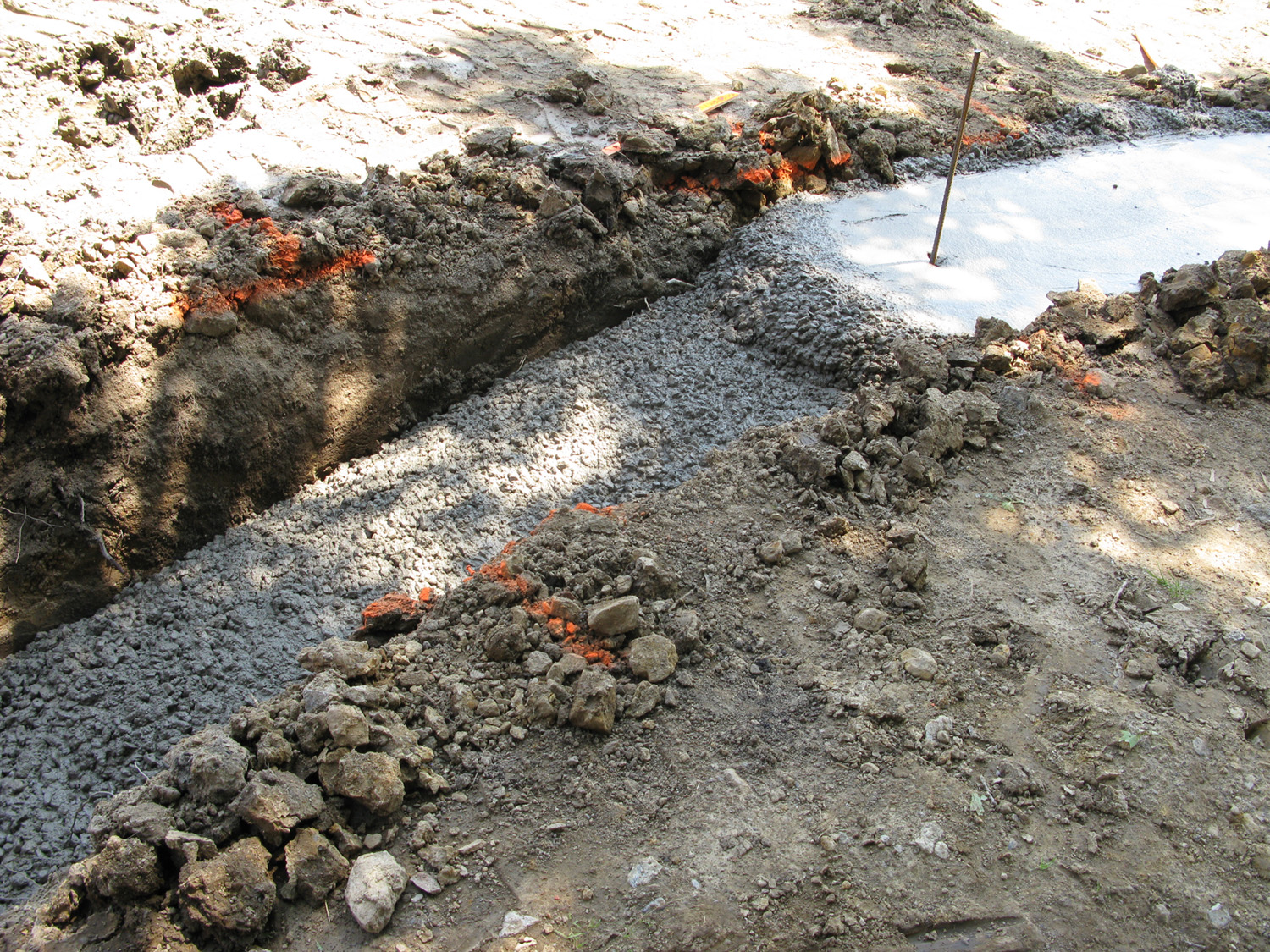 The earth reveals its textures colors and aromatic dampness.
The earth reveals its textures colors and aromatic dampness.
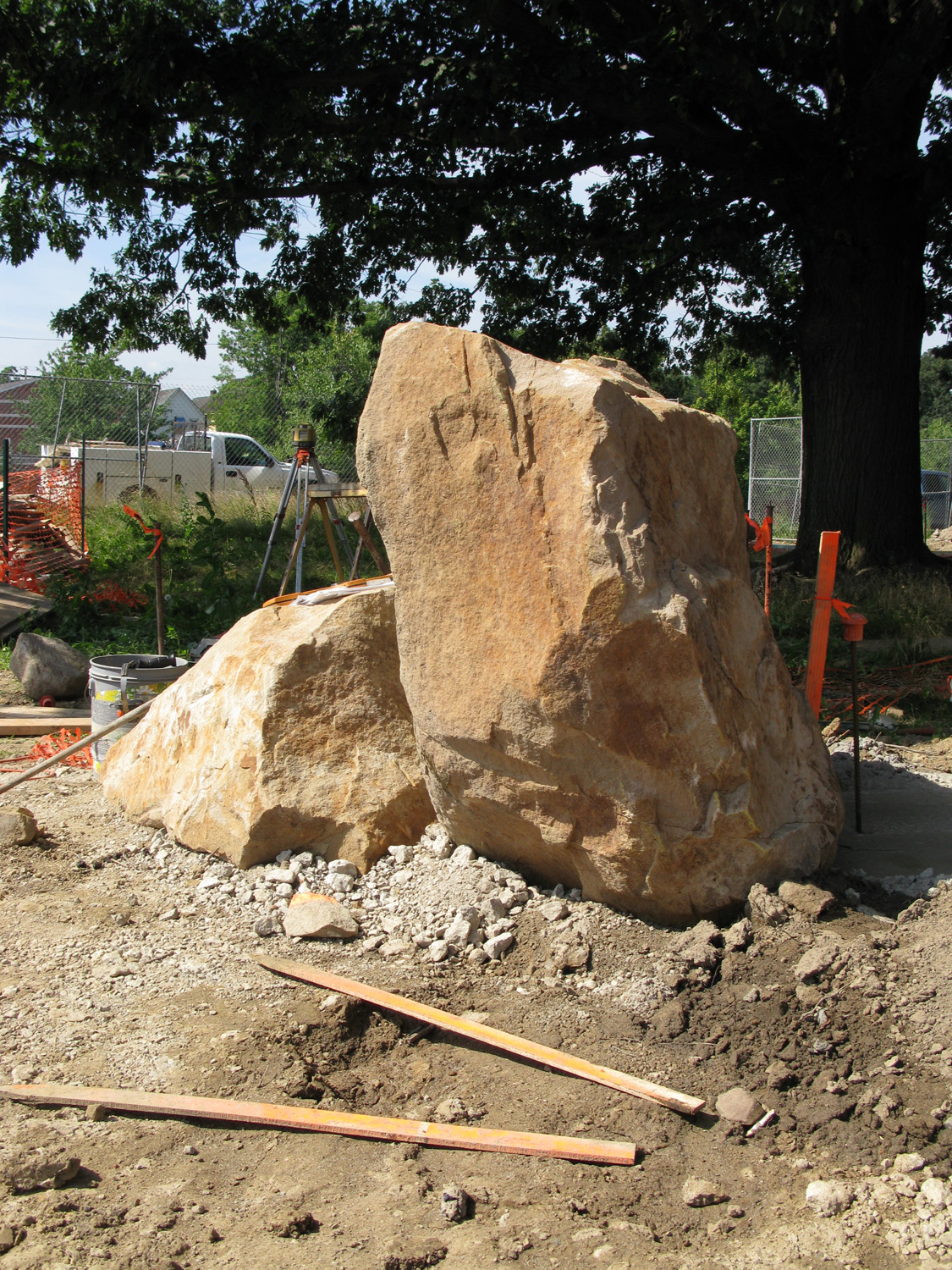 Sandstone boulders were unearthed and excuvated from their ancient resting places to be used in The Family Circle.
Sandstone boulders were unearthed and excuvated from their ancient resting places to be used in The Family Circle.
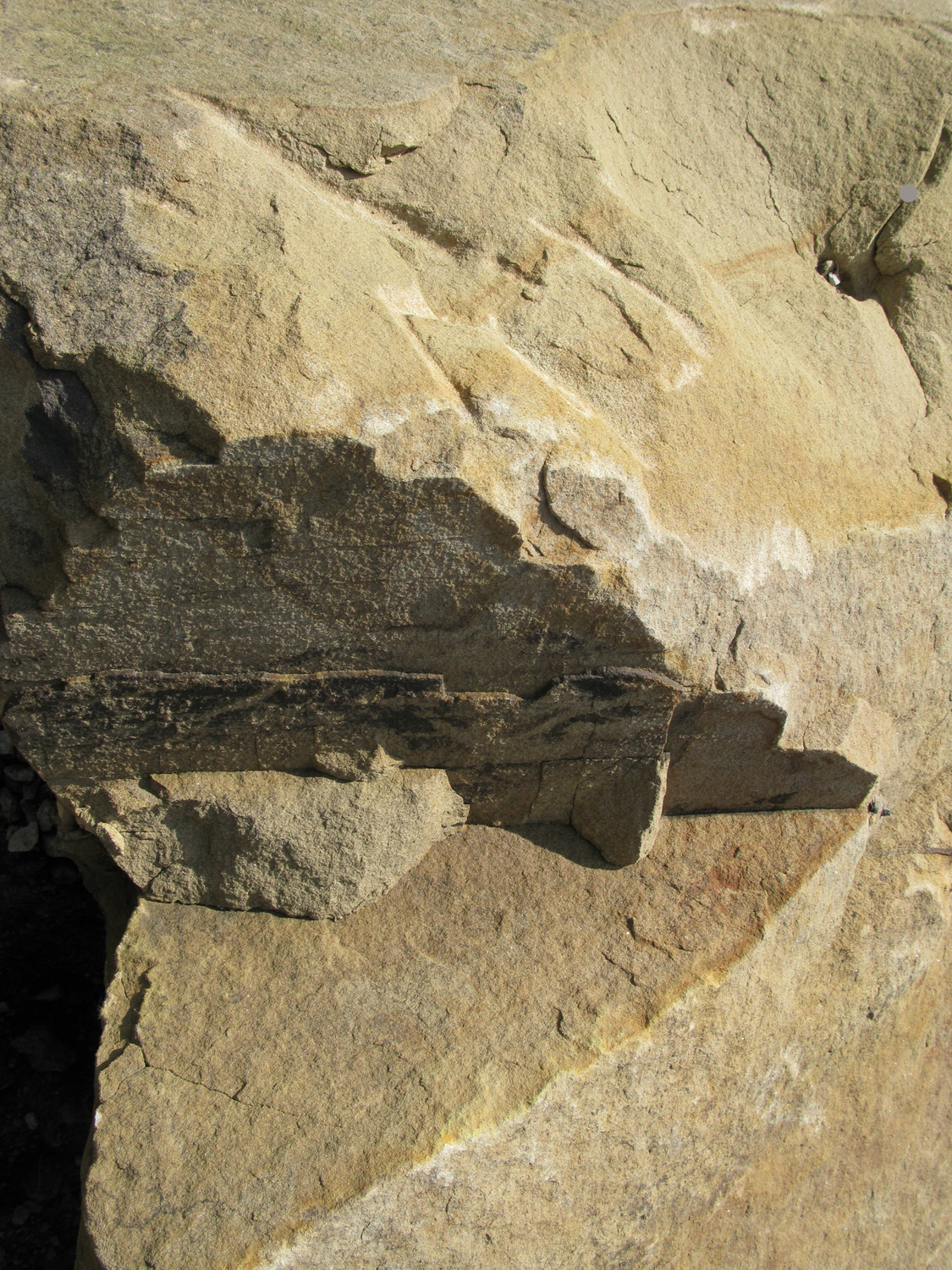
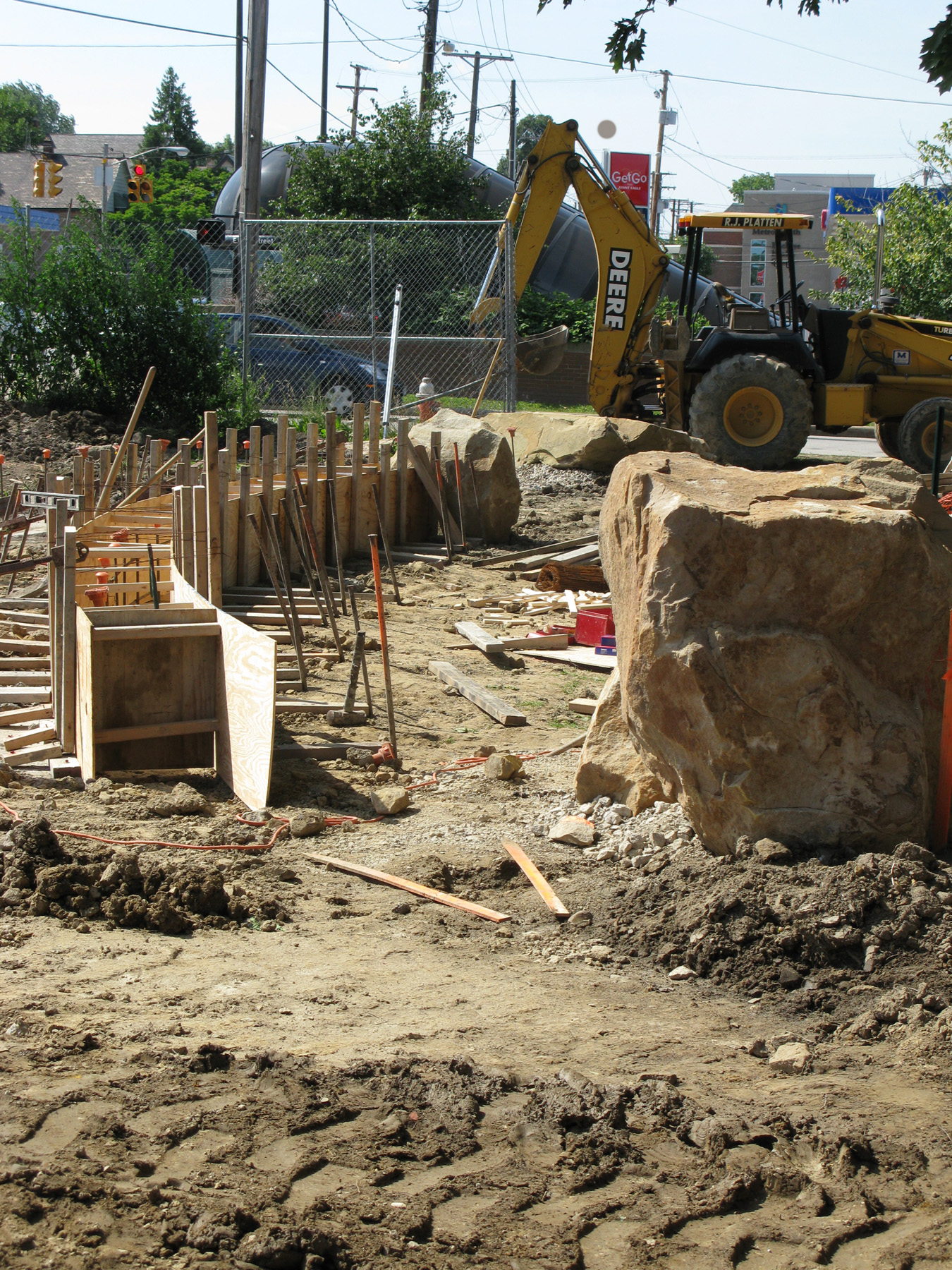 Seven concrete arched bench forms were poured against the curves and crevasses of amorphous stone boulders.
Seven concrete arched bench forms were poured against the curves and crevasses of amorphous stone boulders.
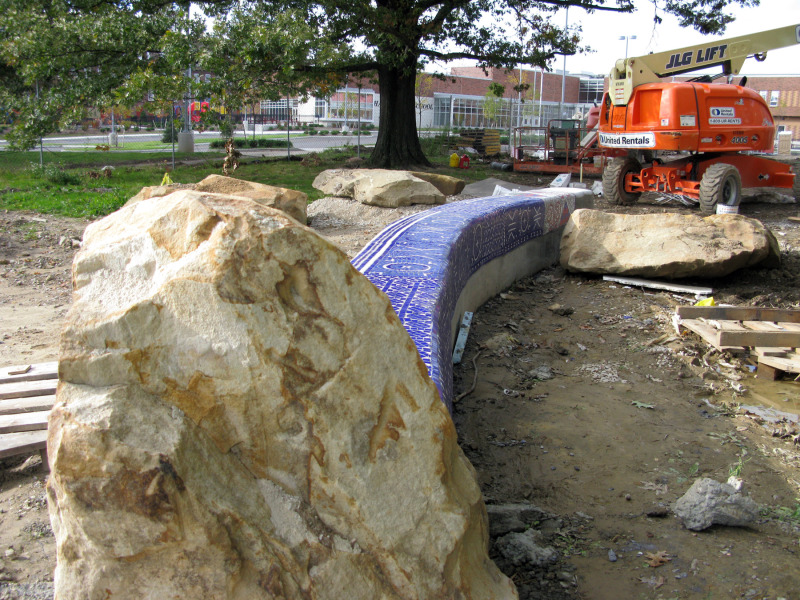 Installation of Mosaic Textile onto poured concrete bench forms, encircled with stones
Installation of Mosaic Textile onto poured concrete bench forms, encircled with stones
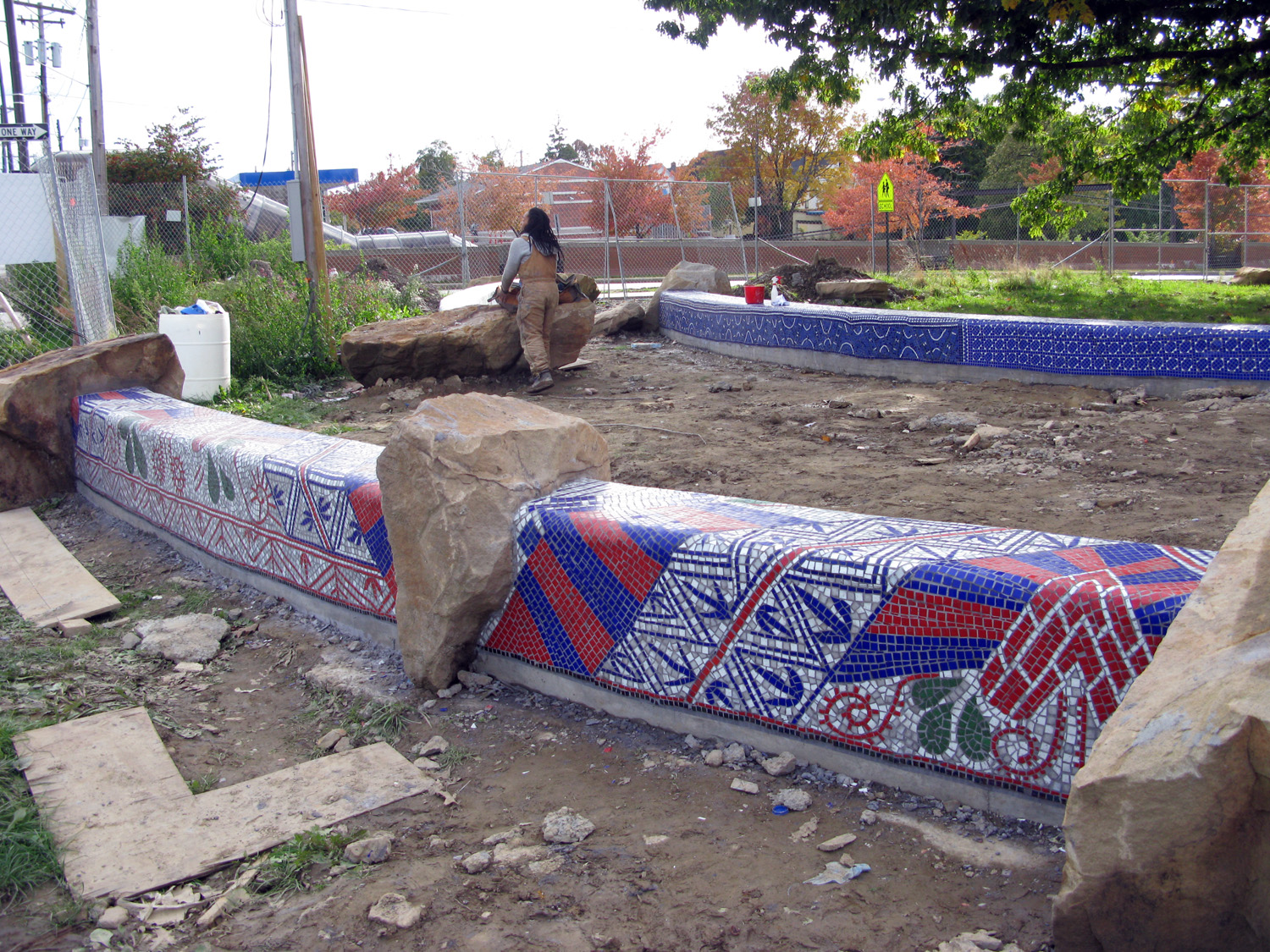 The ground is cold, wet, and hard, Cleveland's lake effect commanded rain and dark clouds for ten streight days durning installation.
The ground is cold, wet, and hard, Cleveland's lake effect commanded rain and dark clouds for ten streight days durning installation.
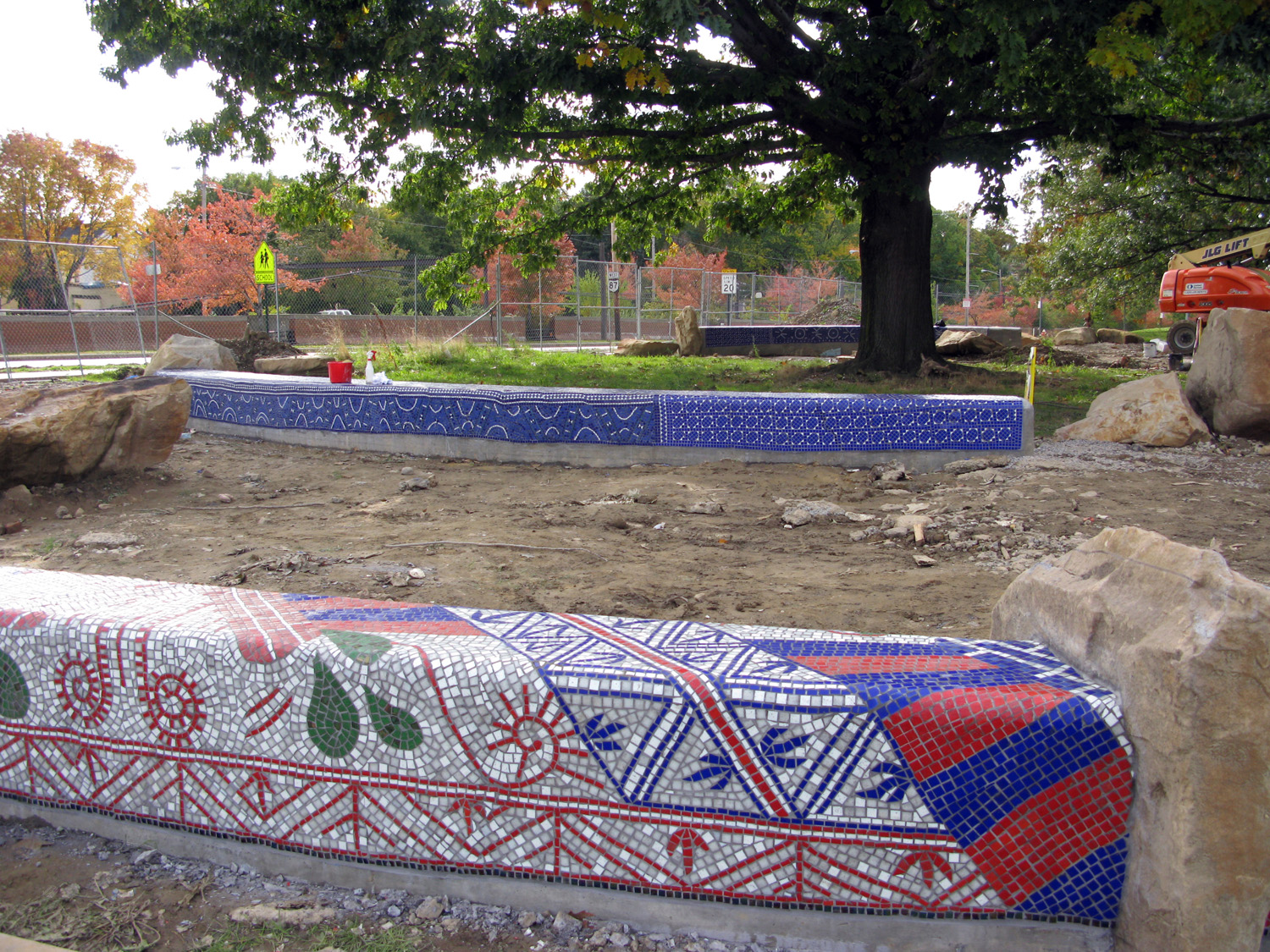
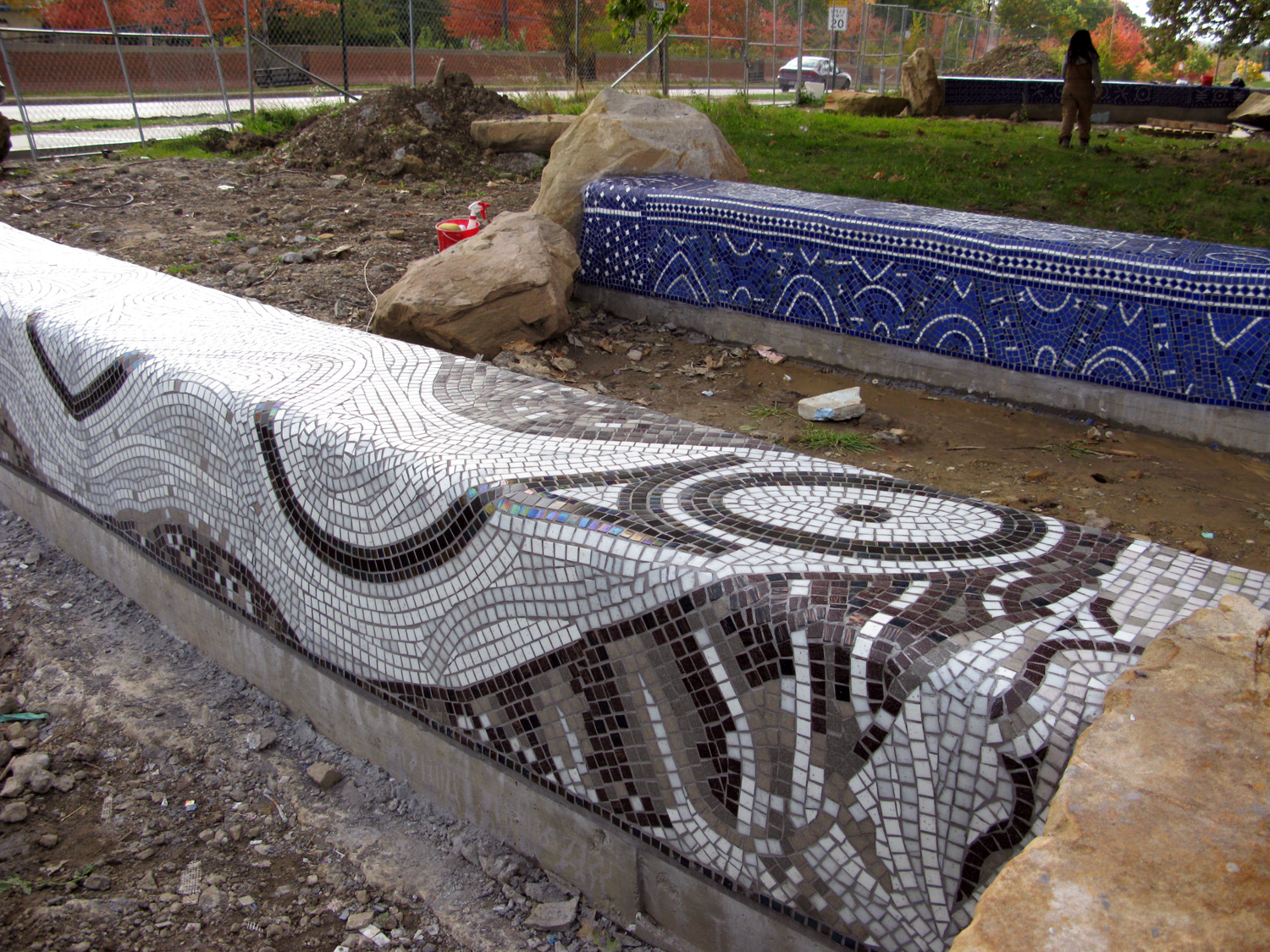
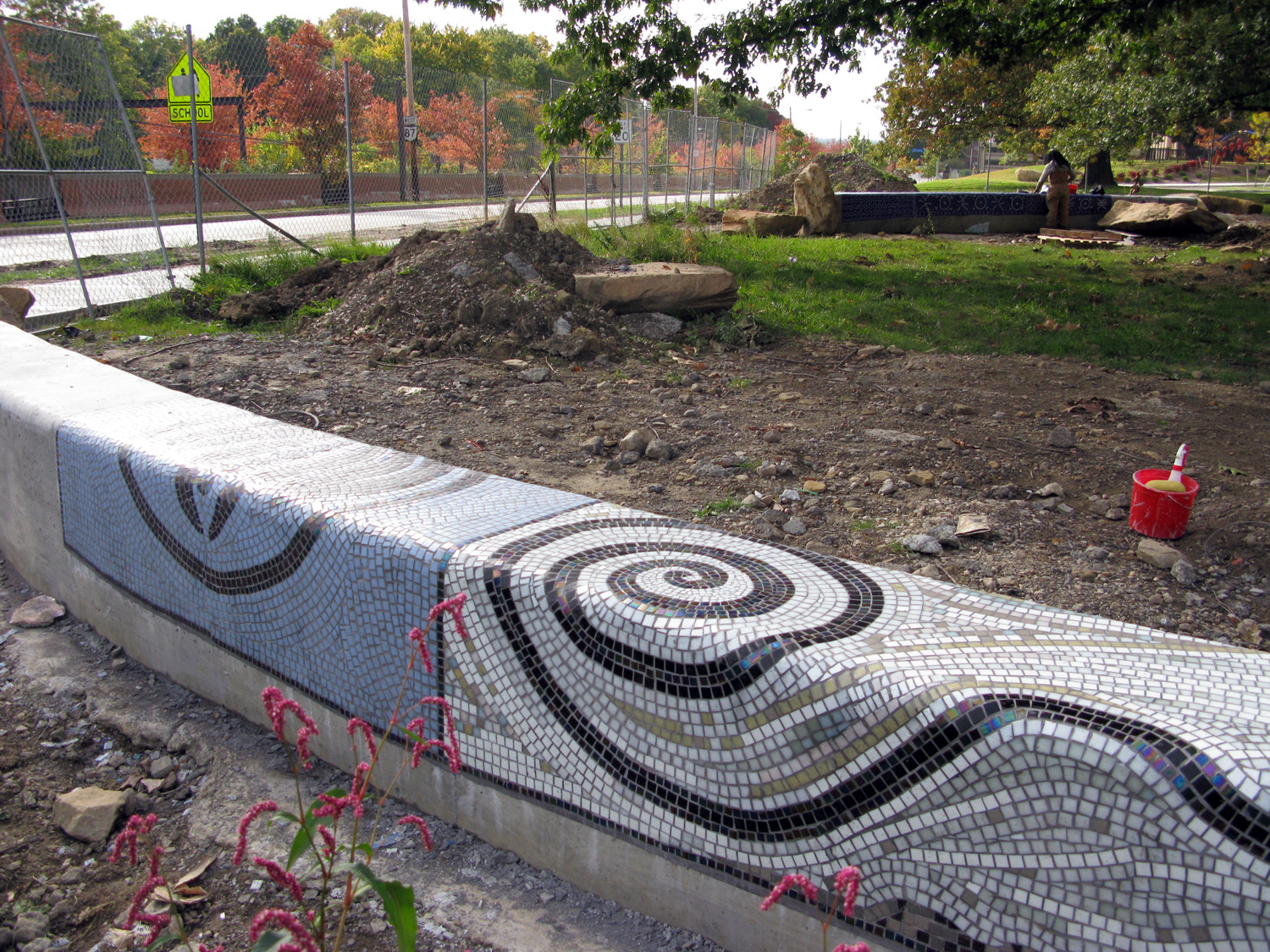
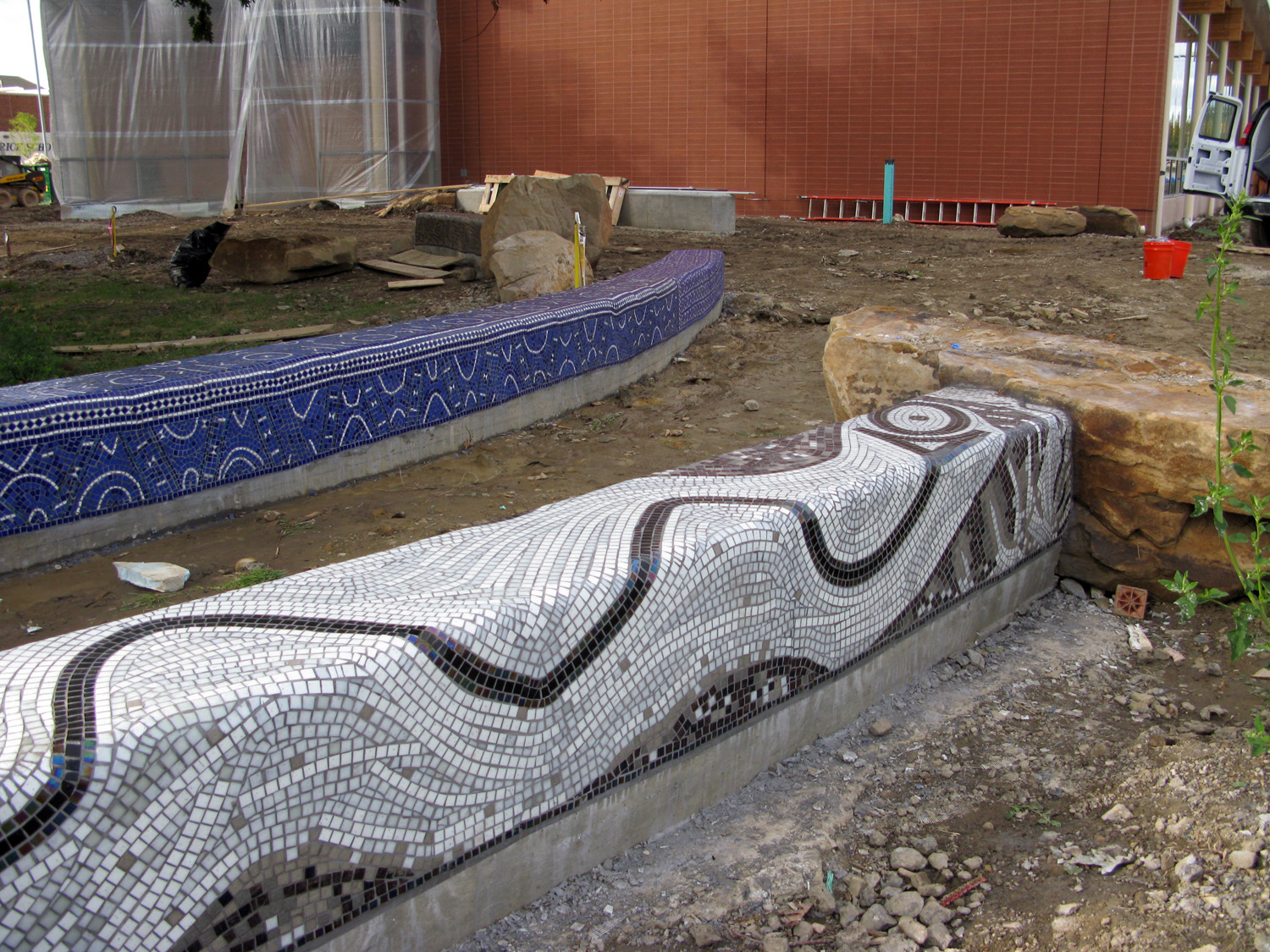

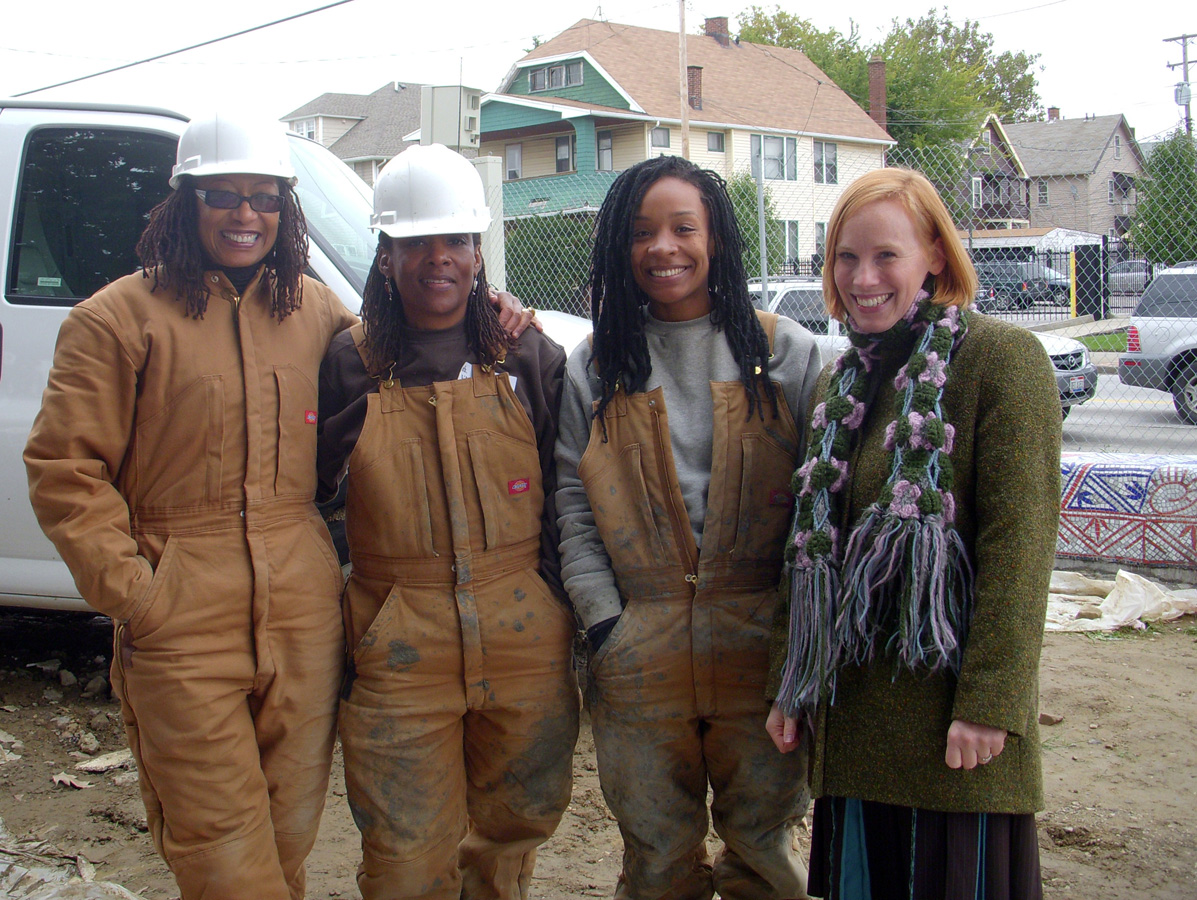 My Installation Crew, (from left to right) Janet Jackson, Martha Jackson Jarvis , Njena Surae Jarvis and, Tiffany Graham ,Project Manager Cleveland Public Art. The power and determination of four good Women made manefest.....
My Installation Crew, (from left to right) Janet Jackson, Martha Jackson Jarvis , Njena Surae Jarvis and, Tiffany Graham ,Project Manager Cleveland Public Art. The power and determination of four good Women made manefest.....
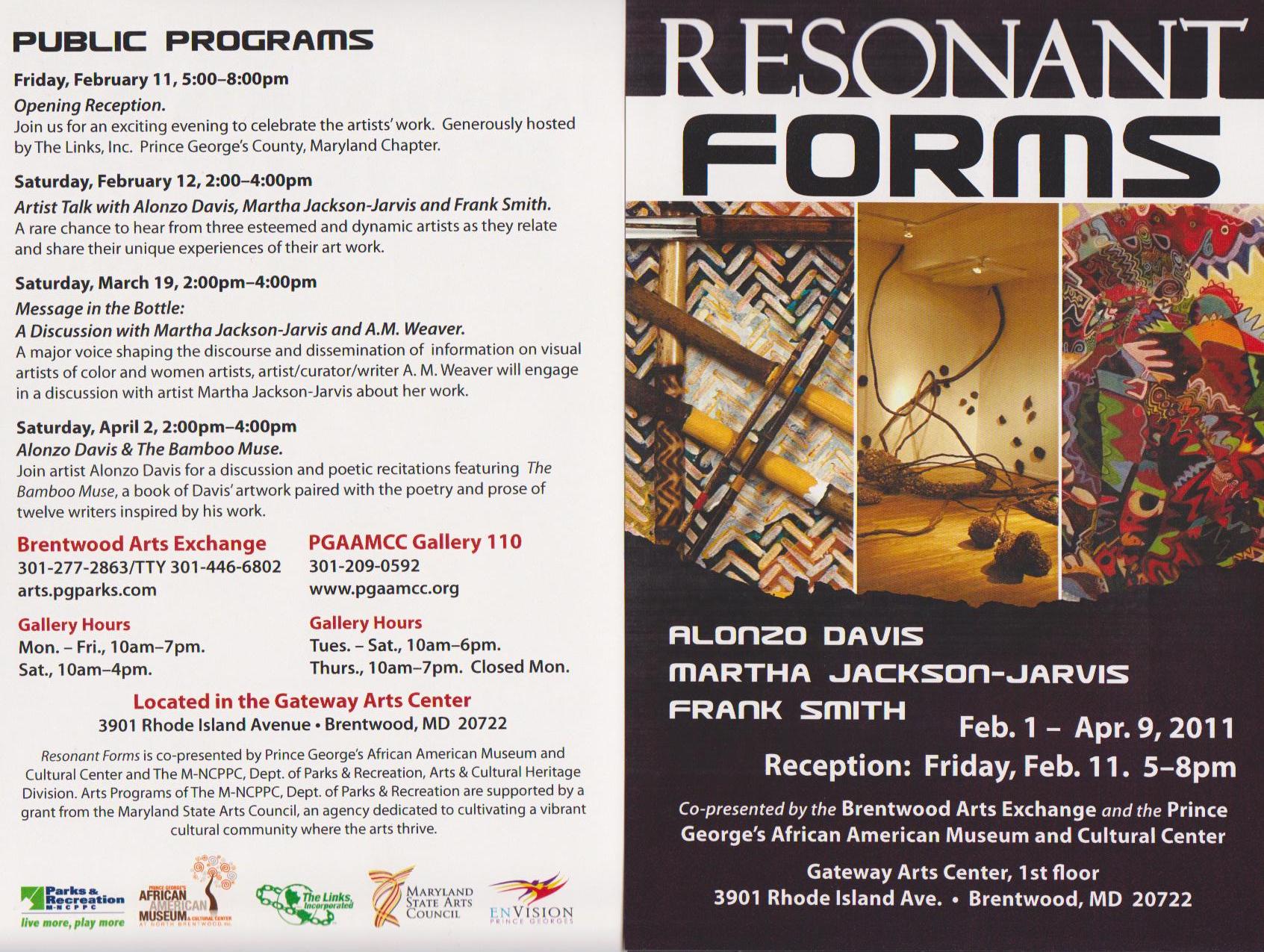

 MARTHA JACKSON JARVIS STUDIO
MARTHA JACKSON JARVIS STUDIO






















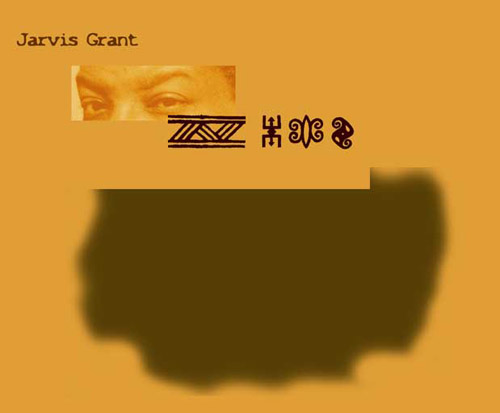
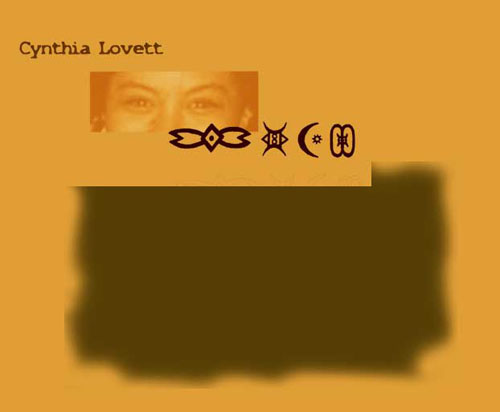
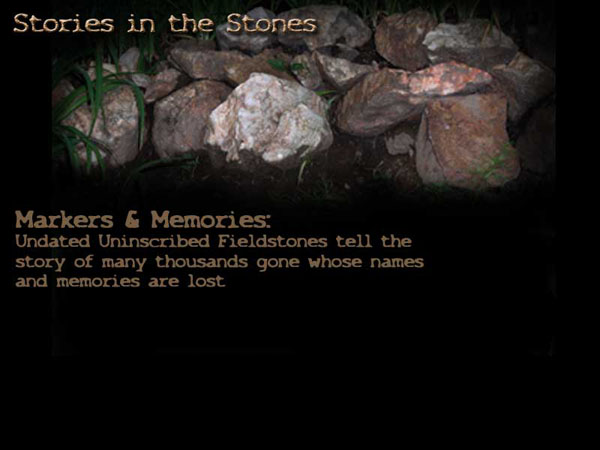


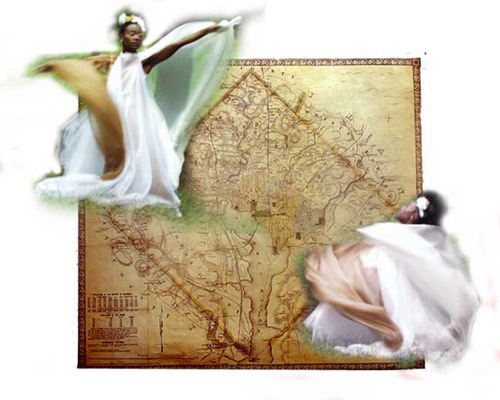
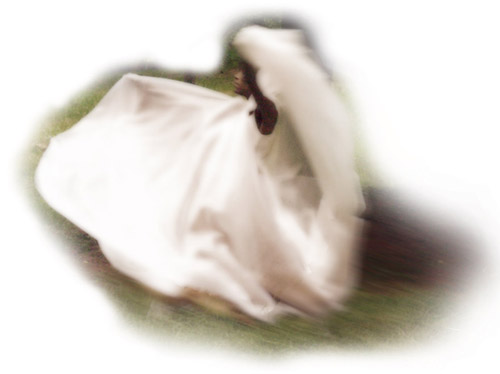
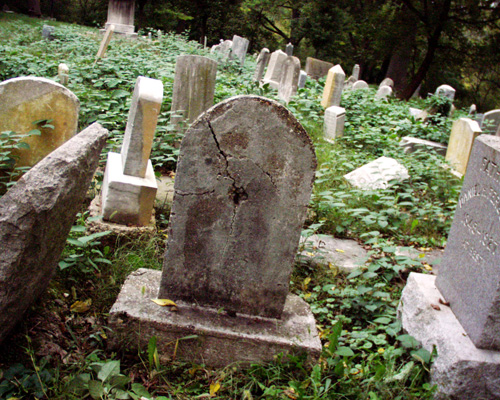
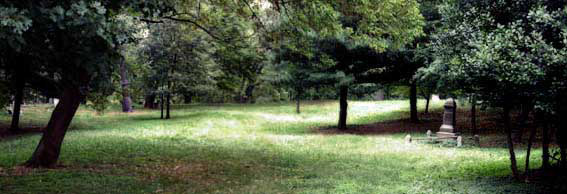
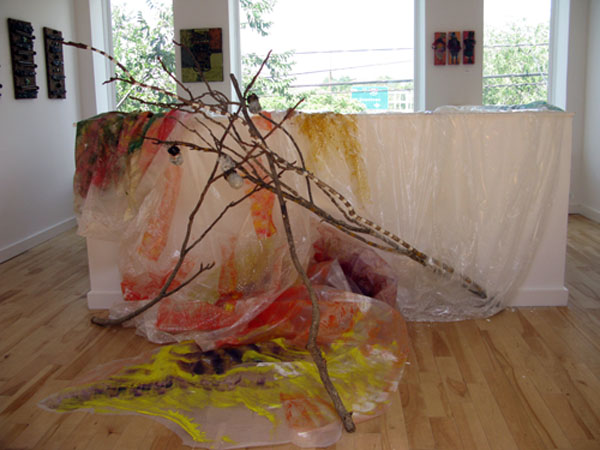
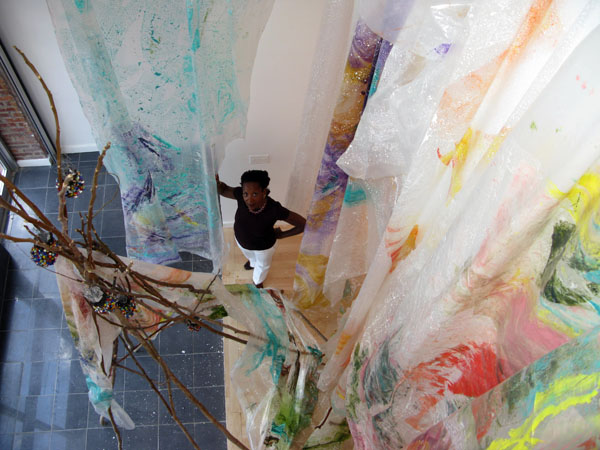
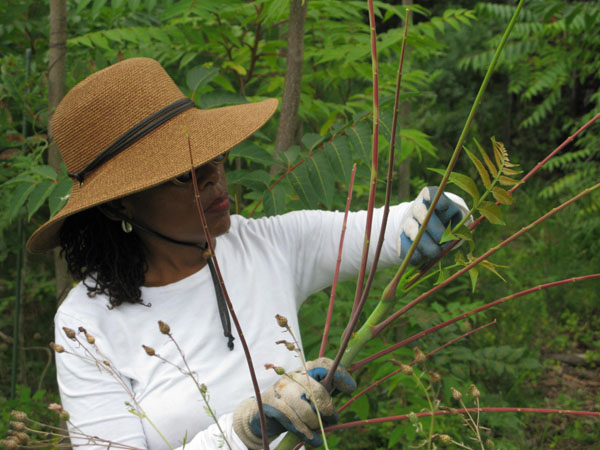
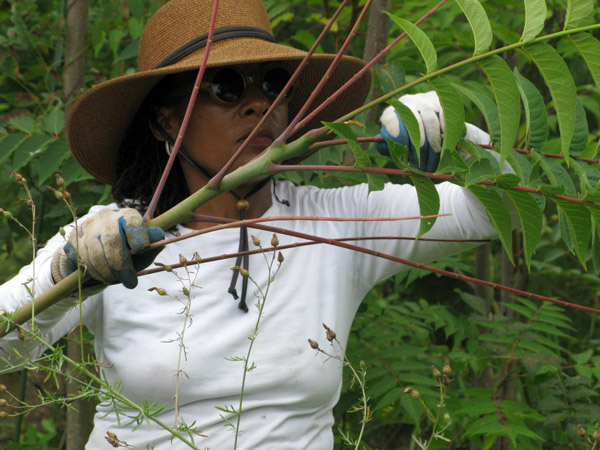
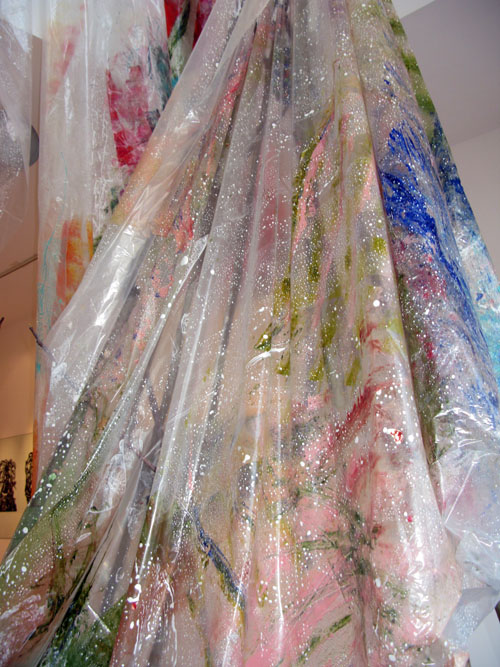
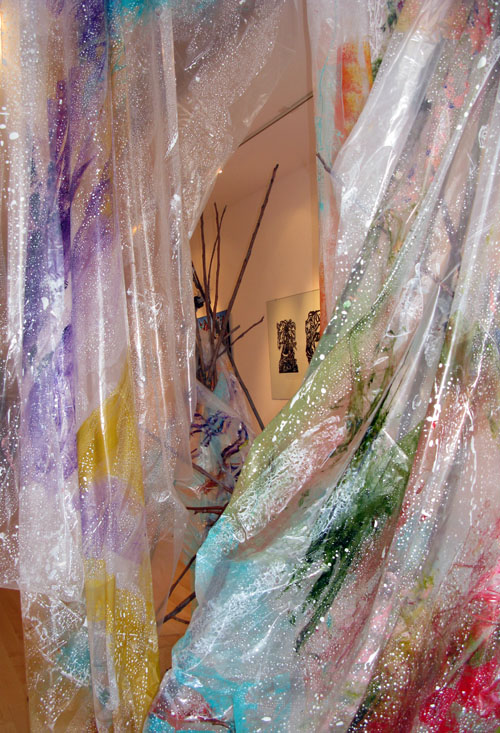
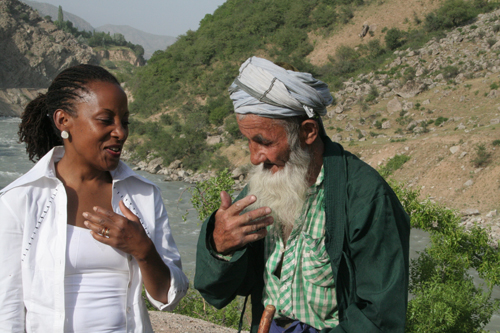

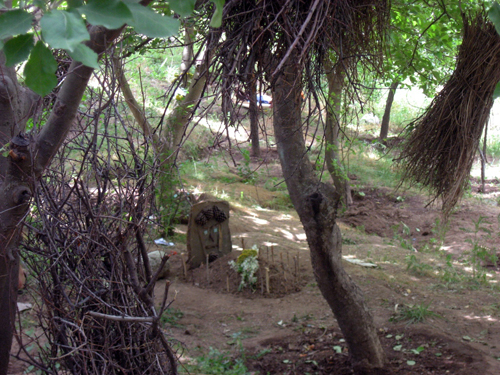
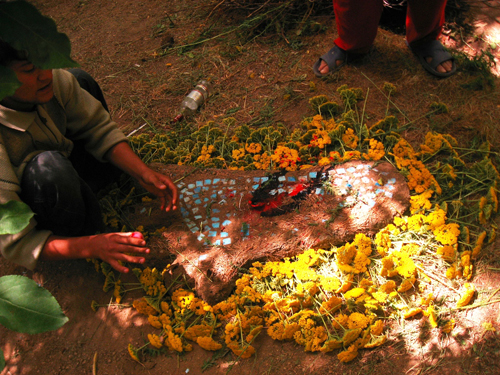
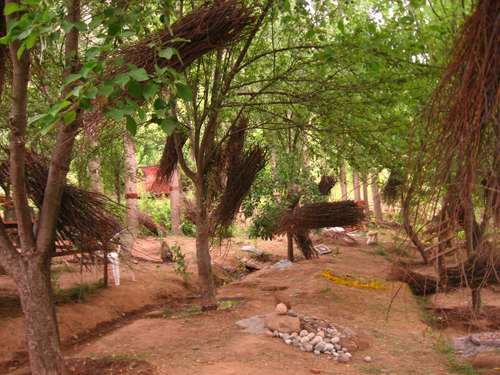
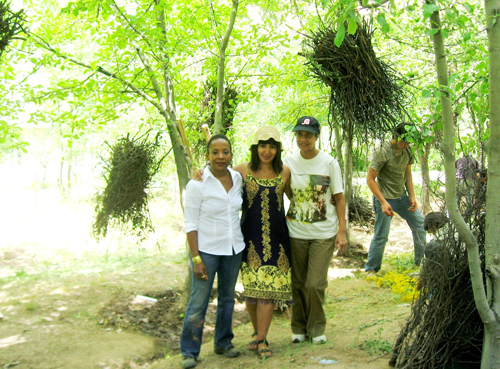
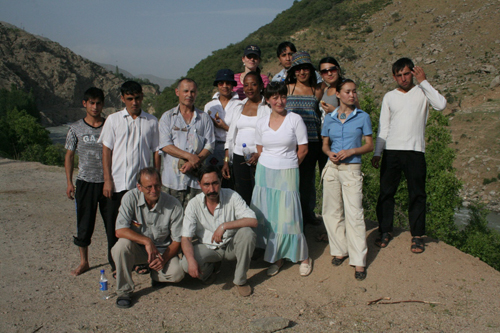
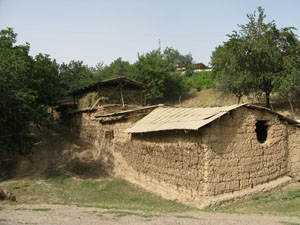 We began our collaboration with a day long trip into the countryside outside of Dushanbe to explore a village and mountain trails along the Varzob River. Gathering materials and experiences of encounters with native Tajik villagers, we experienced the generosity and authenticity of the people. We observed the closeness to nature and the seamless integration of architecture and the natural stone covered landscape. The stone and clay dwellings became habitat and shelter for humans and domestic animals. The symbiotic relationships were apparent in the recycling of animal dune for fuel and insulation, and in the yield of milk products and meat source. The village seemed quite self sufficient in providing the basic necessities of life off the grid of modern consumption.
We began our collaboration with a day long trip into the countryside outside of Dushanbe to explore a village and mountain trails along the Varzob River. Gathering materials and experiences of encounters with native Tajik villagers, we experienced the generosity and authenticity of the people. We observed the closeness to nature and the seamless integration of architecture and the natural stone covered landscape. The stone and clay dwellings became habitat and shelter for humans and domestic animals. The symbiotic relationships were apparent in the recycling of animal dune for fuel and insulation, and in the yield of milk products and meat source. The village seemed quite self sufficient in providing the basic necessities of life off the grid of modern consumption.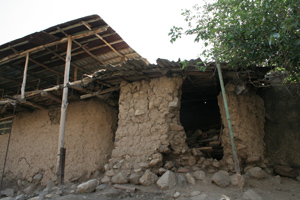

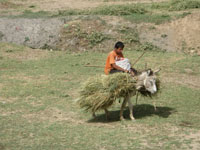 The genesis of the collective work sprang from a chance encounter with a young Tajik boy along a mountain trail. Covered in lush green leaves, he balanced a huge bundle of fresh cut branches to "make shade for my house". The boy's small but magnanimous gesture of making shade became the metaphor for survival and futuristic cooling of the Earth. It symbolizes the global necessity for care giving to our collective home.
The genesis of the collective work sprang from a chance encounter with a young Tajik boy along a mountain trail. Covered in lush green leaves, he balanced a huge bundle of fresh cut branches to "make shade for my house". The boy's small but magnanimous gesture of making shade became the metaphor for survival and futuristic cooling of the Earth. It symbolizes the global necessity for care giving to our collective home.